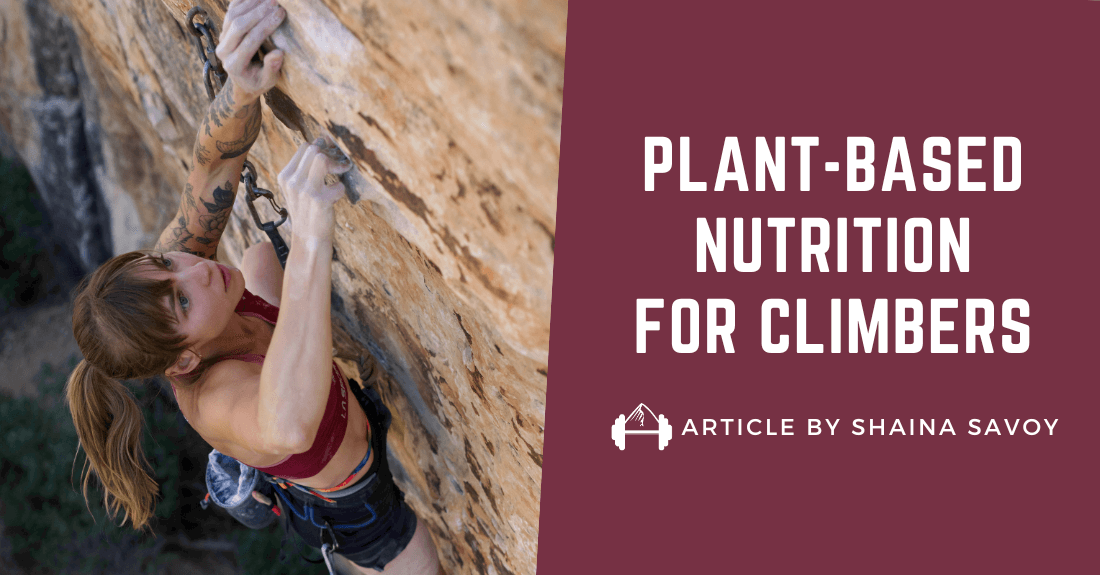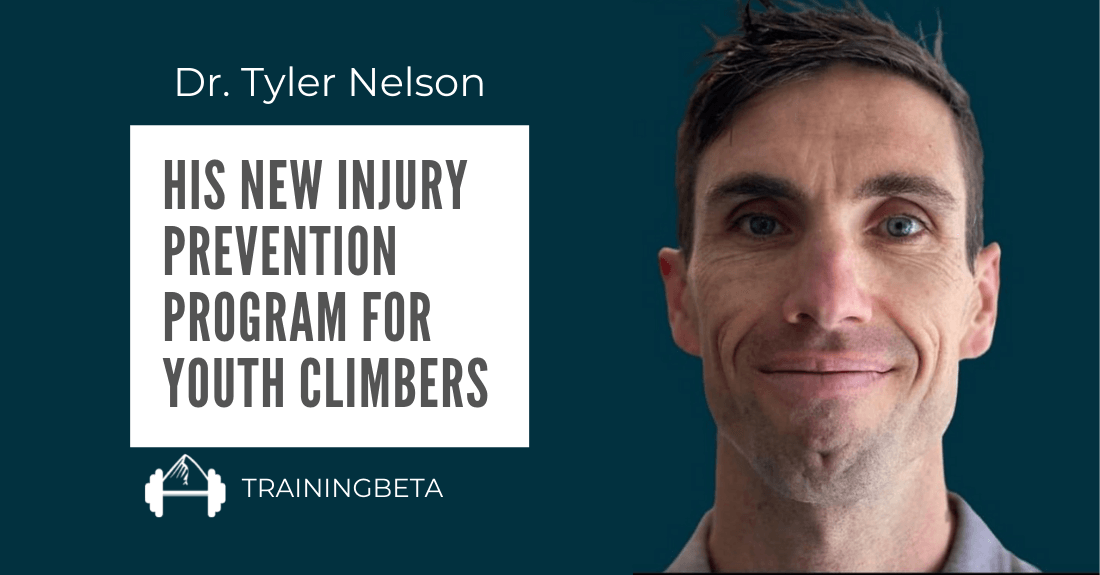This post was written by my husband, Seth, who’s generally the behind-the-scenes guy here at TrainingBeta.
Enter Seth…
I’ve been spending a lot of time recently doing research for TrainingBeta’s upcoming strength and power programs. These programs will focus primarily on a 4-6 week fingerboard cycle and a 4-6 week campusing cycle with other drills mixed in. While I’m still putting the programs together and doing research, the final product will provide all levels of climbers with an easy to follow training program to take finger strength and power to the next level.
Who am I? I’m Seth Lytton, an avid climber, a former youth coach, a nationally sanctioned route setter having set at both national and world cup events, and I train my ass off. I’ve spent the last 12 years training and climbing with many of the best climbers in the country. Finger strength is my primary weakness, so I have gone to great lengths to target that in my own climbing. I hope to pass on some of what I’ve learned over the years, along with some science to back it up.
So, as I work on the training programs I thought it would be cool to share with you some of the great resources I’ve come across during my time training for climbing. The following books have been invaluable in providing me with a solid foundation on which to build my own workouts and the forthcoming programs from TrainingBeta. There’s a lot more out there and I’m sure this list will grow as I discover more. So, in no particular order…
Science And Practice of Strength Training

The Rock Climber’s Training Manual

Power: A Scientific Approach

High-Intensity Training the Mike Mentzer Way

One Move Too Many

You don’t have time to read a bunch of books on strength, power, and injuries, organize the information, and create a training program? Well don’t worry about it, I’m doing it for you :). However, for all of those training nerds out there I thought this would be of interest.
What books have you used to improve your training?




Hello Seth,
another book to check out is “Stability, Sport and Performance Movement” by Joanne Elphinston as it introduces some important concepts regarding the control of forces in motion, movement activation, stability/balance etc.
Why I think is relevant is that many times strength/resistance training materials are present ed from the perspective of optimizing the movement of the training itself (how to deadlift, how to squat, etc.) and not how an athlete/climber actually needs to be functionally strong and efficient on movement, flexibility, injury prevention, etc.
The book does not speak about climbing itself but there are learnings from other sports and dance that can be applied to climbing itself.
To me the ultimate functional movement and strength book for climbing is still to be written, but this reference is a good starting point for what is possible.
Rui